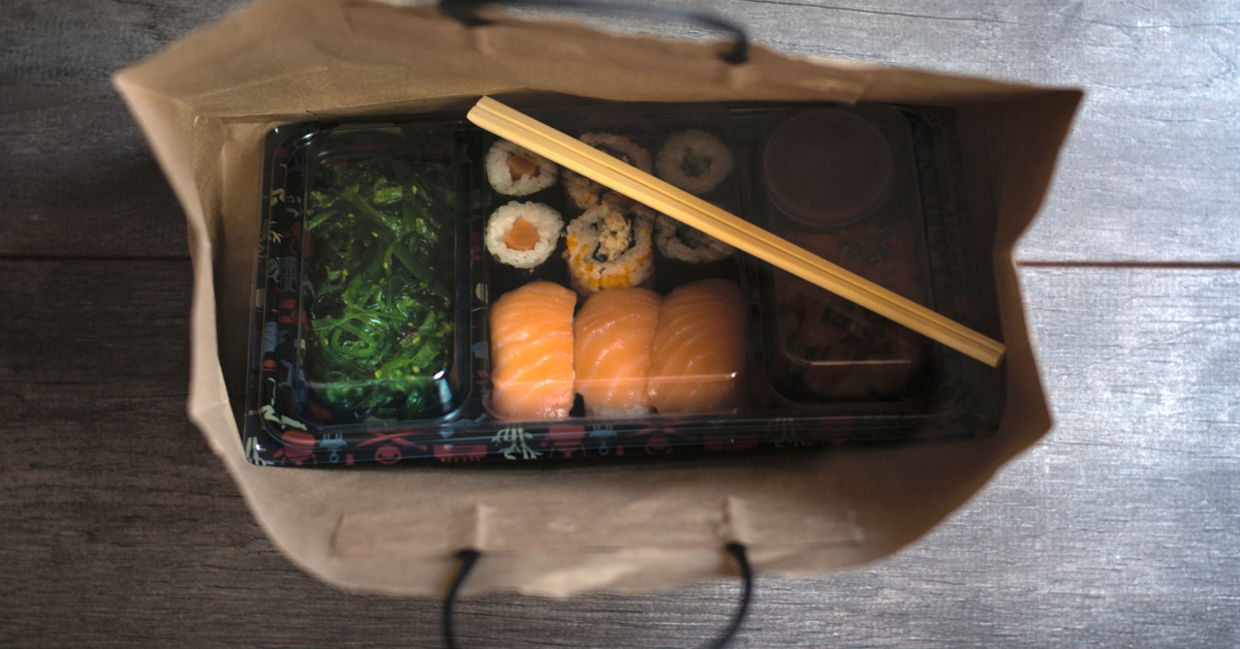
(Fostock12 / Shutterstock.com)
When Chef Jasmine Norton opened her restaurant The Urban Oyster in 2016, it was the culmination of a childhood dream according to The Baltimore Sun. A lover of oysters from a young age, she founded Maryland’s first ever female-owned and Black-owned oyster bar. Now, with her restaurant’s physical location closed, Norton found an innovative way to keep her dream alive.
But when the coronavirus pandemic hit and Norton lost critical income for her business, it didn’t look like The Urban Oyster was going to survive. “It’s hard [the pandemic closures]. You have to sit there and look at tables that are empty that could be helping to pay your rent and labor,” she told The Baltimore Sun. “Eighty-two percent of our revenue was from dining in. We had to figure out something quick.”
Like thousands of other restaurant owners, Norton turned to a ground-breaking solution and is using a ghost kitchen. Ghost kitchens, or cloud kitchens, are spaces in which restaurants prepare and sell food to their customers, without a physical location for their business.
In the ghost kitchen model, multiple restaurant owners rent space in a commercial kitchen – think WeWork for restaurants. The system allows restaurants to prepare food at a fraction of the cost of maintaining a brick-and-mortar storefront.
Alex Frederick, a venture capital analyst specializing in emerging technology, told Restaurant Dive that the benefits of ghost kitchens are leading restaurants to question their traditional business models. Historically, restaurant floor plans prioritize space for the dining areas, leading to smaller kitchens making it harder for workers to prepare take-away or delivery orders.
“As we look at increasing food delivery, these kitchens are one model helping restaurants adapt to that trend without changing their existing real estate, while other brands are opening a digital-first space focused on kitchens and food optimized for delivery,” Frederick said.
The ghost kitchen model helps restaurants streamline the preparation process for a deluge of delivery orders because kitchen areas can be larger and properly set up for a large number of orders.
But ghost kitchens actually predate the coronavirus pandemic. Mika Otomo, whose parents founded the Japanese restaurant Shimogamo in Phoenix in 2003, launched a ghost kitchen for her family’s restaurant in December 2019 for economic reasons according to Restaurant Business Online.
“I was just seeing this ceiling in expanding and growing further,” Otomo told Restaurant Business. “I just wanted to explore the different opportunities out there. The ghost kitchen really presented an opportunity at the lowest initial cost.”
At first, she said, her parents were resistant to the idea. But as the pandemic battered the restaurant industry, it became clear that the ghost kitchen had been a wise move. By July 2020, the ghost kitchen made up 25 percent of Shimogamo’s business.
“I think the lifestyle has changed dramatically because of this pandemic, whether we like it or not,” Otomo said. “Even if it costs something, there’s the benefit in exploring technology and different methods of taking orders and operating.”
The pandemic has provided a catalyst for major change in the restaurant industry. The success of ghost kitchens prove that an out-of-the-box solution can help business owners adjust accordingly. During this difficult time, ghost kitchens are an inspiring example of how innovative solutions can help businesses stay afloat and keep dreams alive.
YOU MIGHT ALSO LIKE:
Bon Jovi’s New Community Restaurant Serves Free Meals to Students
This Socially Conscious Restaurant Feeds Mind, Body, And Soul
This Restaurant Charges the Rich and Feeds the Poor







